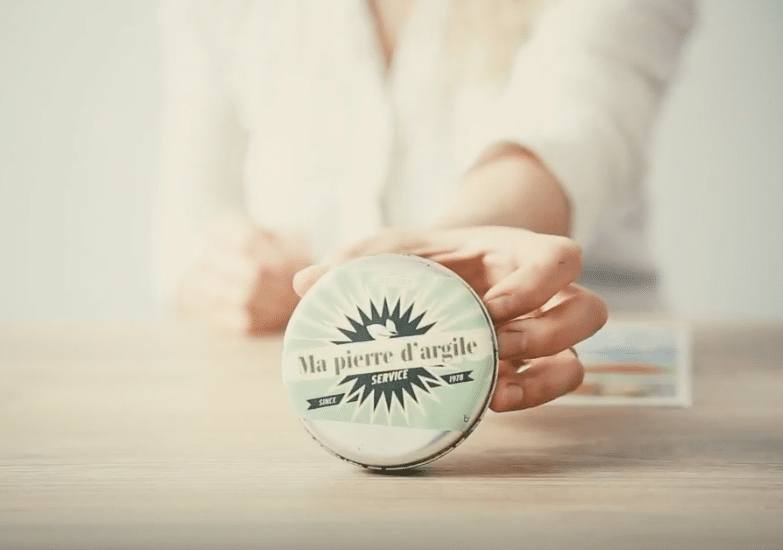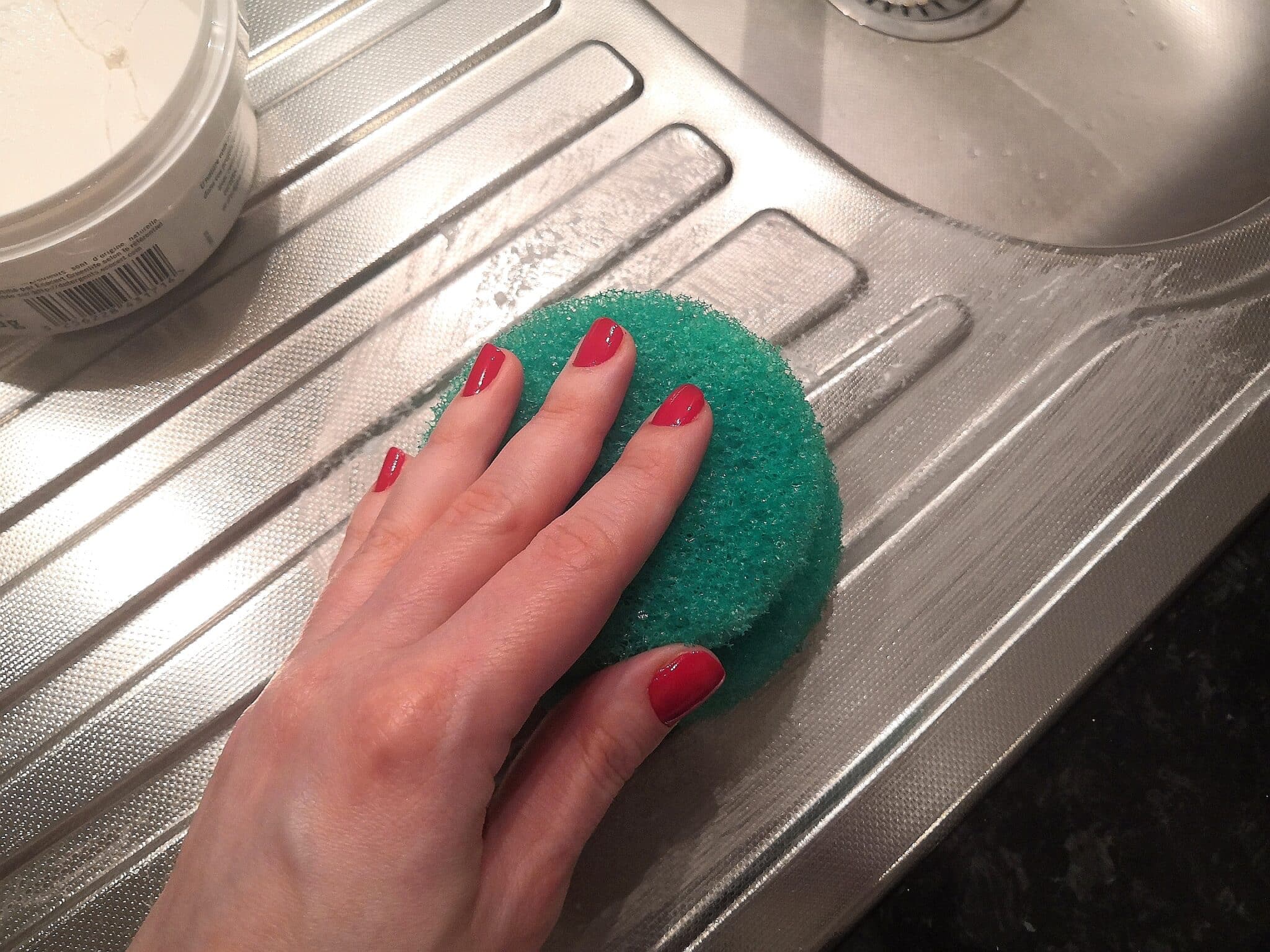Clay stone deserves to be better known, because it is much more natural than the toxic and chemical-filled household products that we usually use. But don’t be fooled! Just because this detergent is natural doesn’t mean it can’t clean, degrease and scrub all surfaces effectively. The ceramic hobs and the whole kitchen are crazy about them! You can use it to shine your silverware as well as to descale your sink or toilet bowl. Its very varied uses on stains and dirt make it possible to replace many cleaning products without being toxic to the environment. Enough to save a little space in your cupboards! Here are 4 lists of possible natural ingredients to make this universal cleaner recipe and the preparation instructions. If you’re looking for the best multi-purpose homemade clay stone recipes, then you’ve come to the right place!
Discover all the possible uses of clay stone here.
Start by choosing your recipe with the ingredients
(One measure = 200 g for example)
Preparation 1: The classic homemade clay stone
-2 measures of organic white clay
-1 measure of baking soda (or sodium)
-1 measure of neutral liquid soap or ecological dishwashing product
-1/4 to 1/2 measure of glycerin
-20 drops of lemon, lavender, tea tree or eucalyptus essential oil
Preparation 2: The variation
-2 measures of organic white clay
-1 measure of baking soda
-1 measure of liquid black soap
-20 drops of lemon essential oil
Preparation 3: fungicidal clay stone (for bathroom joints for example)
-2 measures of organic white clay
-1 measure of baking soda
-1 measure of liquid black soap
-20 drops of lemon essential oil
-10 drops of tea tree or niaouli essential oil
Preparation 4: The one that strips the most (abrasive)
-2 measures of organic white clay
-1 measure of baking soda
-1 measure of liquid black soap
-20 drops of lemon essential oil
-1 measure of pumice stone (this is what will allow the maintenance of difficult surfaces)

Steps to make your own clay stone:
1) Start by making a mixture with the powdery ingredients.
2) Then add the liquid elements and stir. If you judge that it is too lumpyadd a little water. However, we must ensure that it remains very thick.
3) Put everything in an airtight jar and dry your preparation for at least two days. To do this, simply place it in the sun in summer or on a radiator in winter.
How to use it?
We advise you to use it with a plastic and honeycomb aquarium sponge for effective, yet gentle cleaning. Otherwise, use any soft cloth such as microfiber cloth. Moisten everything and rub the surface of the stone to collect material. Then clean as with any cleaning product. You will see, this ecological household product based on clay is a very effective degreaser and stain remover on all stains! Rinse the surface thoroughly and dry with a cloth so as not to leave soap marks.
Take care always test on a small, inconspicuous area before applying to a large surface, especially on delicate materials such as wood and leather. And above all, do not use an excessive amount of product. Most often, a small amount is enough.
This multi-use product proves to us that natural biodegradable products can work wonders for home maintenance. Like white vinegar, Marseille soap or Meudon white, it removes dirt throughout the house without chemical substances, making it an essential for ecological cleaning!
What are the uses of homemade clay stone and for what surfaces?

On what surfaces can you use your homemade clay stone?
-Stainless steel: sinks, hobs, extractor hoods, taps, etc.
-Ceramic: sinks, toilets, bathtubs, showers, etc.
-Glass: windows, mirrors, windshields, shower screens, etc.
-Enamel: sink, bathtub, household appliances, etc.
-Plastic: garden furniture, household appliances, toys, etc.
-Aluminum: car rims, window frames, etc.
-Silverware and metals: jewelry, decorative metal objects, etc.
-Tiling: floors, walls, work surfaces, etc.
-Varnished or painted wood
-Leather: bags and shoes.
What are its most common uses?
Kitchen cleaning: Removing stains from hobs, cleaning stainless steel sinks and ceramic worktops.
Bathroom : Cleaning the sink, bathtub and shower, removing and removing limescale and soap marks.
Glassware: Polishing windows and mirrors without leaving streaks and treating scratches on a hob or window.
Metal maintenance: Restoration of the shine of silverware, polishing of car rims and other aluminum or stainless steel objects.
Exterior maintenance: Cleaning plastic garden furniture, outdoor toys and aluminum window frames.
Vehicles: Clean bodywork, rims and chrome parts of cars and motorcycles.
Valuables: Shine jewelry and other precious metal objects.


